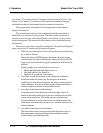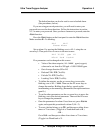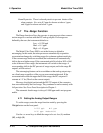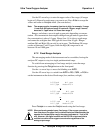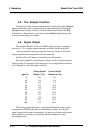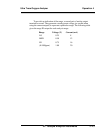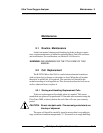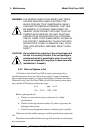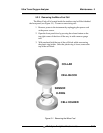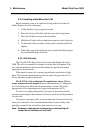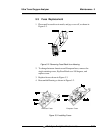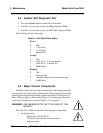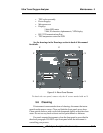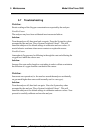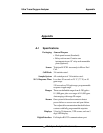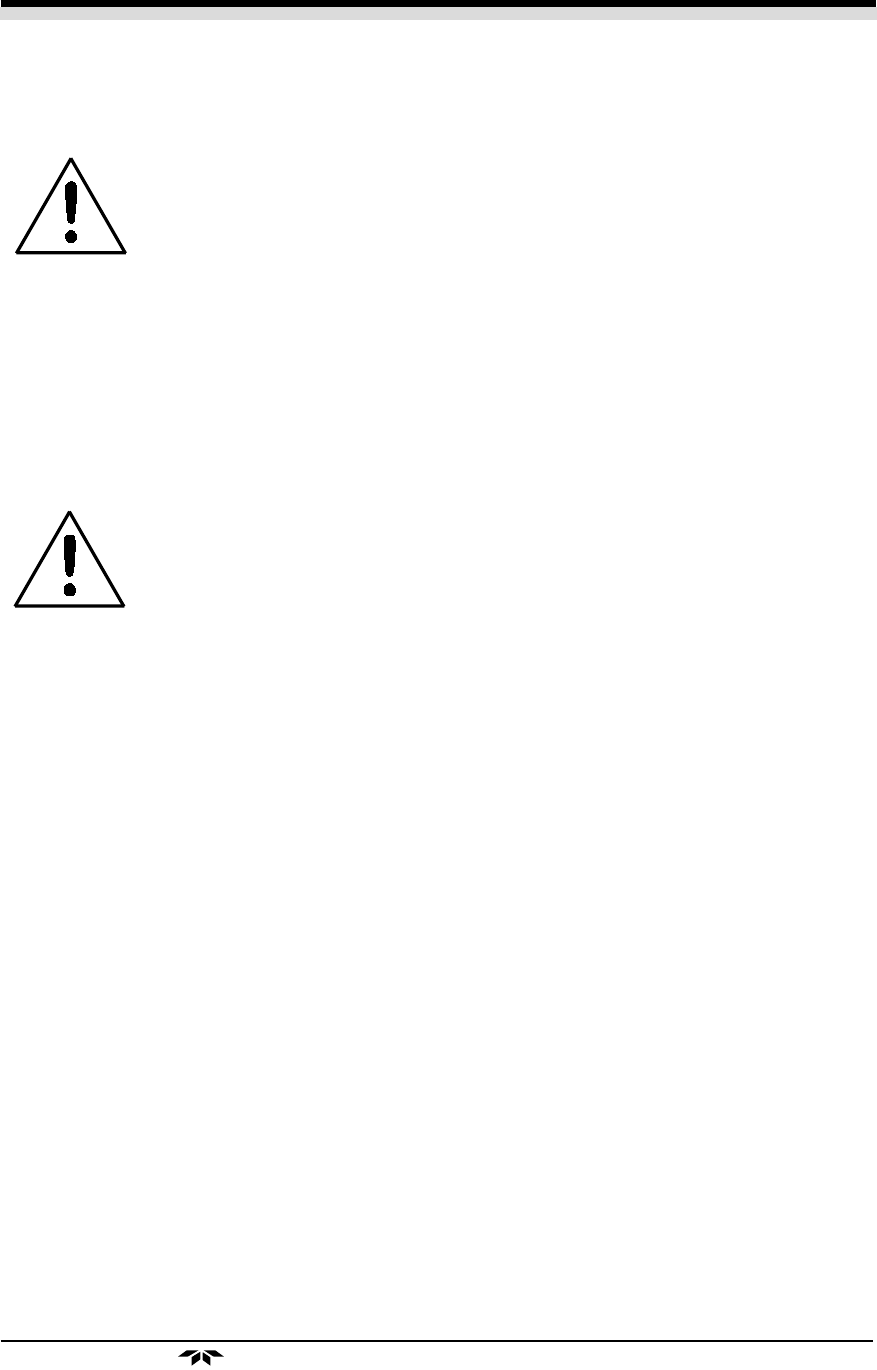
5 Maintenance Model Ultra Trace 3000
5-2
Teledyne Analytical Instruments
WARNING: THE SENSOR USED IN THE MODEL 3000 TRACE
OXYGEN ANALYZER USES ELECTROLYTES
WHICH CONTAIN TOXIC SUBSTANCES, MAINLY
LEAD AND POTASSIUM HYDROXIDE, THAT CAN
BE HARMFUL IF TOUCHED, SWALLOWED, OR
INHALED. AVOID CONTACT WITH ANY FLUID OR
POWDER IN OR AROUND THE UNIT. WHAT MAY
APPEAR TO BE PLAIN WATER COULD CONTAIN
ONE OF THESE TOXIC SUBSTANCES. IN CASE OF
EYE CONTACT, IMMEDIATELY FLUSH EYES WITH
WATER FOR AT LEAST 15 MINUTES. CALL PHYSI-
CIAN. (SEE APPENDIX, MATERIAL SAFETY DATA
SHEET.)
CAUTION: Do not disturb the integrity of the cell package until
the cell is to actually be used. If the cell package is
punctured and air is permitted to enter, the cell will
require an excessively long time to reach zero after
installation (1-2 weeks!).
5.2.2 When to Replace a Cell
Cell failure in the Ultra Trace 3000 is usually characterized by a
significant increase in the zero offset of more than 1.0 ppm (2 nanoamps
sensor output approximately) oxygen or the inability to calibrate the sensor.
When this occurs, the Ultra Trace 3000 will still Zero but the system alarm
trips, and the LCD displays a failure message.
#.# ppm Anlz
CELL FAIL/ ZERO HIGH
Before replacing the cell:
a. Check your span and zero gas to make sure it is within
specifications.
b. Check for leaks up-stream from the cell, where oxygen may be
leaking into the system.
c. Check if more purging time with zero calibration gas is needed.
If there are no leaks and the span gas is within specification, replace the
cell.
The failure alarm and the failure message will reset after re-entering the
zero mode again.



